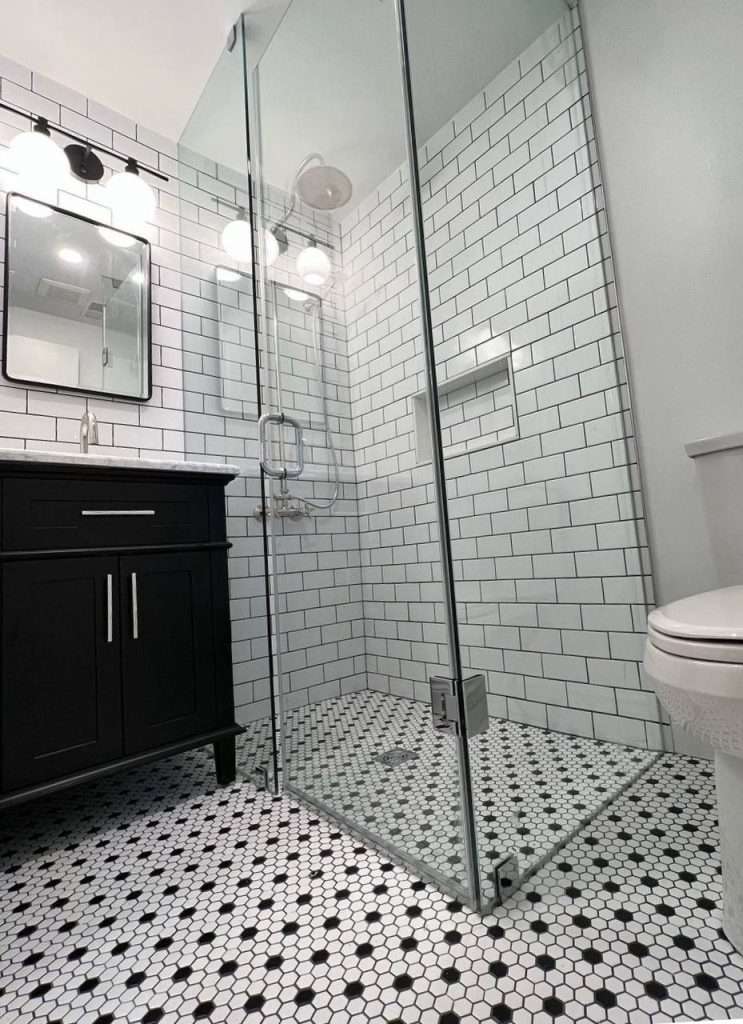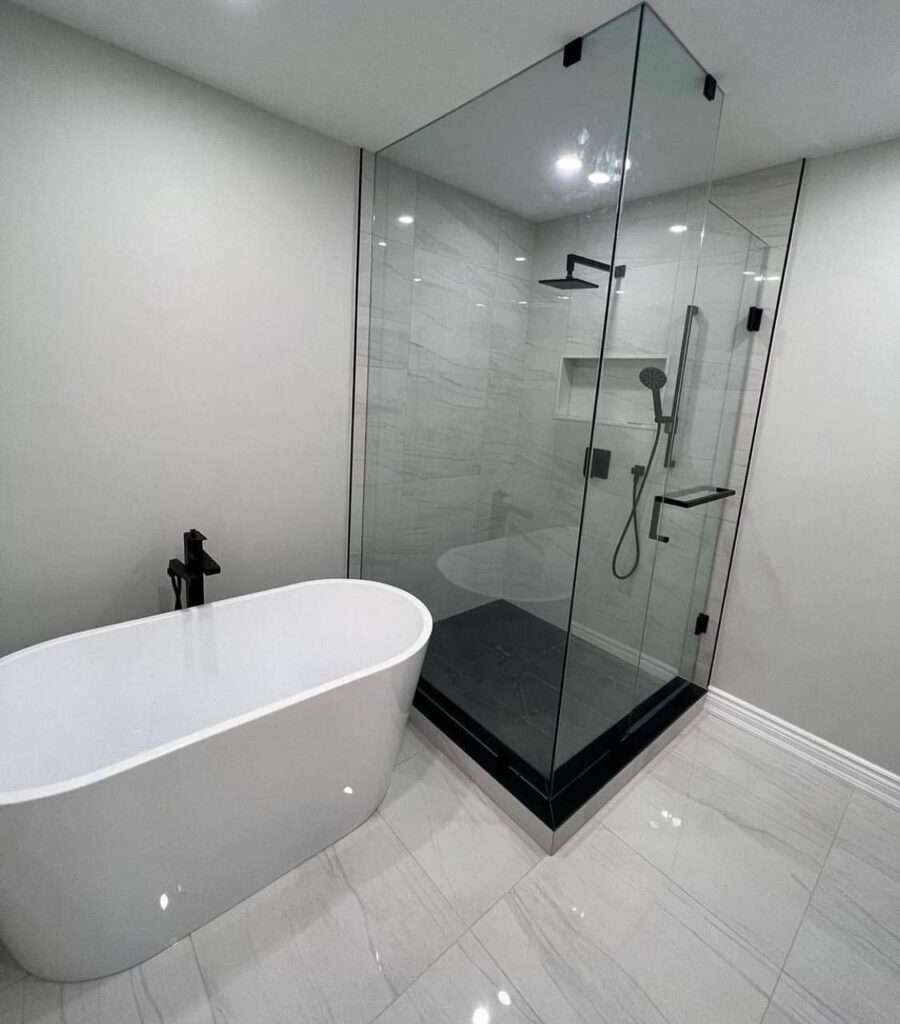Grout is an essential component in tile installation that often goes overlooked. However, it plays a critical role in the durability, aesthetics, and overall functionality of tiled surfaces. Choosing the right grout color and type can significantly impact the look and longevity of your tile project. Here’s a comprehensive guide on the role of grout in tile design and how to choose the best color and type for your needs.
Understanding the Function of Grout
Structural Integrity
Grout fills the spaces between tiles, helping to secure them in place. It prevents tiles from shifting and provides stability to the entire tile installation.
Moisture Barrier
Grout helps to seal the gaps between tiles, preventing water and moisture from seeping underneath the tiles. This is particularly important in areas like bathrooms and kitchens where moisture is prevalent.
Aesthetic Enhancement
Grout can enhance the visual appeal of tile installations. The right grout color can either blend with the tiles for a seamless look or create contrast to highlight the tile pattern.
Types of Grout
1. Cement-Based Grout
Characteristics:
- Traditional and commonly used.
- Available in sanded and unsanded versions.
Uses:
- Sanded grout is suitable for larger joints (1/8 inch or wider).
- Unsanded grout is used for smaller joints (less than 1/8 inch).
Pros:
- Easy to work with.
- Affordable.
Cons:
- Porous and prone to staining.
- Requires sealing to prevent water damage and staining.
2. Epoxy Grout
Characteristics:
- Made from epoxy resins and a hardener.
- Non-porous and highly durable.
Uses:
- Ideal for high-moisture areas like showers and countertops.
- Suitable for both narrow and wide grout joints.
Pros:
- Stain-resistant and waterproof.
- Durable and long-lasting.
Cons:
- More expensive than cement-based grout.
- More challenging to work with due to quicker setting time.
3. Furan Grout
Characteristics:
- Made from polymers of furfuryl alcohol.
- Highly chemical-resistant.
Uses:
- Typically used in industrial settings.
- Not commonly used in residential applications.
Pros:
- Extremely durable and resistant to chemicals.
Cons:
- Complex installation process.
- Limited color options.
4. Urethane Grout
Characteristics:
- Ready-to-use and pre-mixed.
- Flexible and water-resistant.
Uses:
- Suitable for residential and light commercial use.
- Ideal for areas with high movement or temperature changes.
Pros:
- Easy to apply.
- No need for sealing.
Cons:
- More expensive than cement-based grout.
- Limited availability.
Choosing the Right Grout Color
Blending Colors
Effect:
- Creates a seamless, uniform look.
- Makes the tile installation appear larger and more continuous.
Best For:
- Neutral or monochromatic tile designs.
- Spaces where you want the tiles to be the focal point.
Tip:
- Match the grout color closely to the tile color to achieve a blending effect.
Contrasting Colors
Effect:
- Highlights the tile pattern and layout.
- Adds visual interest and can make a bold design statement.
Best For:
- Decorative tile patterns.
- Spaces where you want the grout lines to stand out.
Tip:
- Choose a grout color that contrasts sharply with the tile color for a dramatic effect.
Neutral Colors
Effect:
- Provides a balanced look that doesn’t overpower the tiles.
- Versatile and works well with most tile designs.
Best For:
- Classic and timeless tile installations.
- Spaces where you want a subtle and harmonious look.
Tip:
- Opt for neutral shades like gray, beige, or white for a versatile and understated appearance.
Practical Considerations
Stain Resistance
In high-traffic or moisture-prone areas, choose a grout that is resistant to stains. Epoxy grout is a good choice for these situations due to its non-porous nature.
Maintenance
Consider the maintenance requirements of the grout. Cement-based grouts need sealing and regular maintenance, whereas epoxy and urethane grouts are easier to maintain.
Joint Size
The size of the grout joint can influence your grout choice. Sanded grout is better for wider joints, while unsanded grout is suitable for narrower joints. Epoxy grout can be used for both.
Application Area
The location of your tile installation will also dictate the type of grout you should use. For example, kitchen backsplashes and bathroom floors benefit from waterproof and stain-resistant grouts.
Conclusion
Grout is more than just a filler between tiles; it plays a vital role in the performance and appearance of your tile installation. By understanding the different types of grout and their characteristics, as well as the impact of grout color on design, you can make informed decisions that enhance both the beauty and functionality of your tiled surfaces. Whether you opt for a seamless blend or a bold contrast, the right grout can elevate your tile project to the next level.





